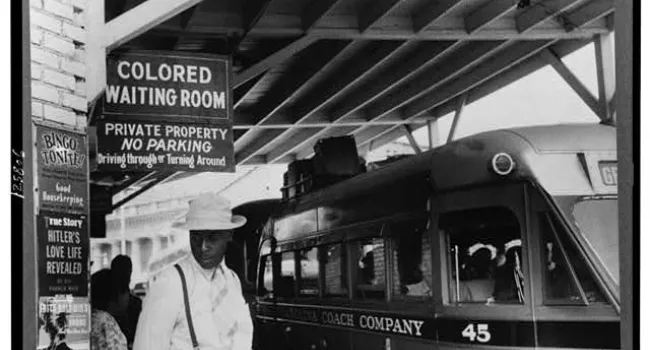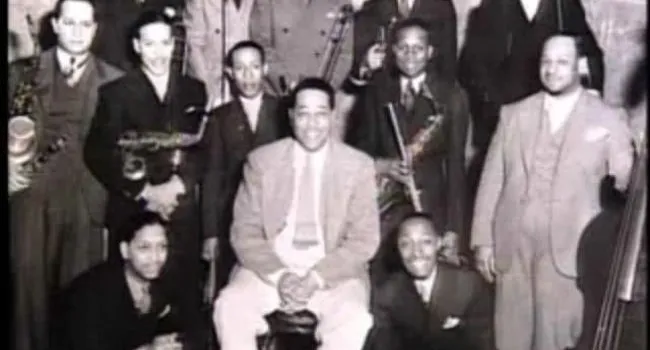
Modjeska Monteith Simkins House - Tour
Document
Students will use a video and virtual tour to understand how they are encouraged to organize, resist, and rise up against social injustice.Grade(s): 3
Subject(s): Social Studies
Year: 2011

Document
Students will use a video and virtual tour to understand how they are encouraged to organize, resist, and rise up against social injustice.
Lesson
This lesson introduces students to the difficulties faced by African Americans during the middle twentieth century. Using the book Ruth and the Green Book by Calvin Alexander Ramsey, students learn...

Lesson
The Negro Travelers’ Green Book began publication in 1936. The book offered “Assured Protection for the Negro Traveler”. The publisher-owner Victor Green began the idea from personal experiences while...

Video
Civil Rights leaders try to desegregate the most racist capital in the nation, Birmingham, Alabama. On "Bloody Sunday," March 7, 1965, some 600 civil rights marchers headed east out of Selma on U.S...
Video
The National Association for the Advancement of Colored People ( NAACP) was the major civil rights organization in South Carolina. Several other organizations such as Student Nonviolent Coordinating...
Video
There were several key leaders during the Civil Rights Movement. Despite visible leaders like Martin Luther King, Jr, Rosa Parks, Malcolm X and John F. Kennedy, young people played a major role in...
Video
In 1974, Henry J. Clark received his Residential Building and Remodeling State License for South Carolina, one of the first for Native Americans in this state. He built and sold many houses and...
Video
Governors Robert McNair, Dick Riley, and James Beasley talk about Gov. McNair's role in integration. CREDIT: The Big Picture, ETV, 2007
Video
Joseph McDomick, Jr., former Penn Center project supervisor for over thirty years, talks about the history of the Penn Center. A history that began with the Port Royal Experiment in 1862 and the...
Video
Lonnie Hamilton and Joey Morant recall their experiences in the Jenkins Orphanage Band. Today, the Jenkins Orphanage Band no longer has a band to support foster kids at the orphanage, but the...